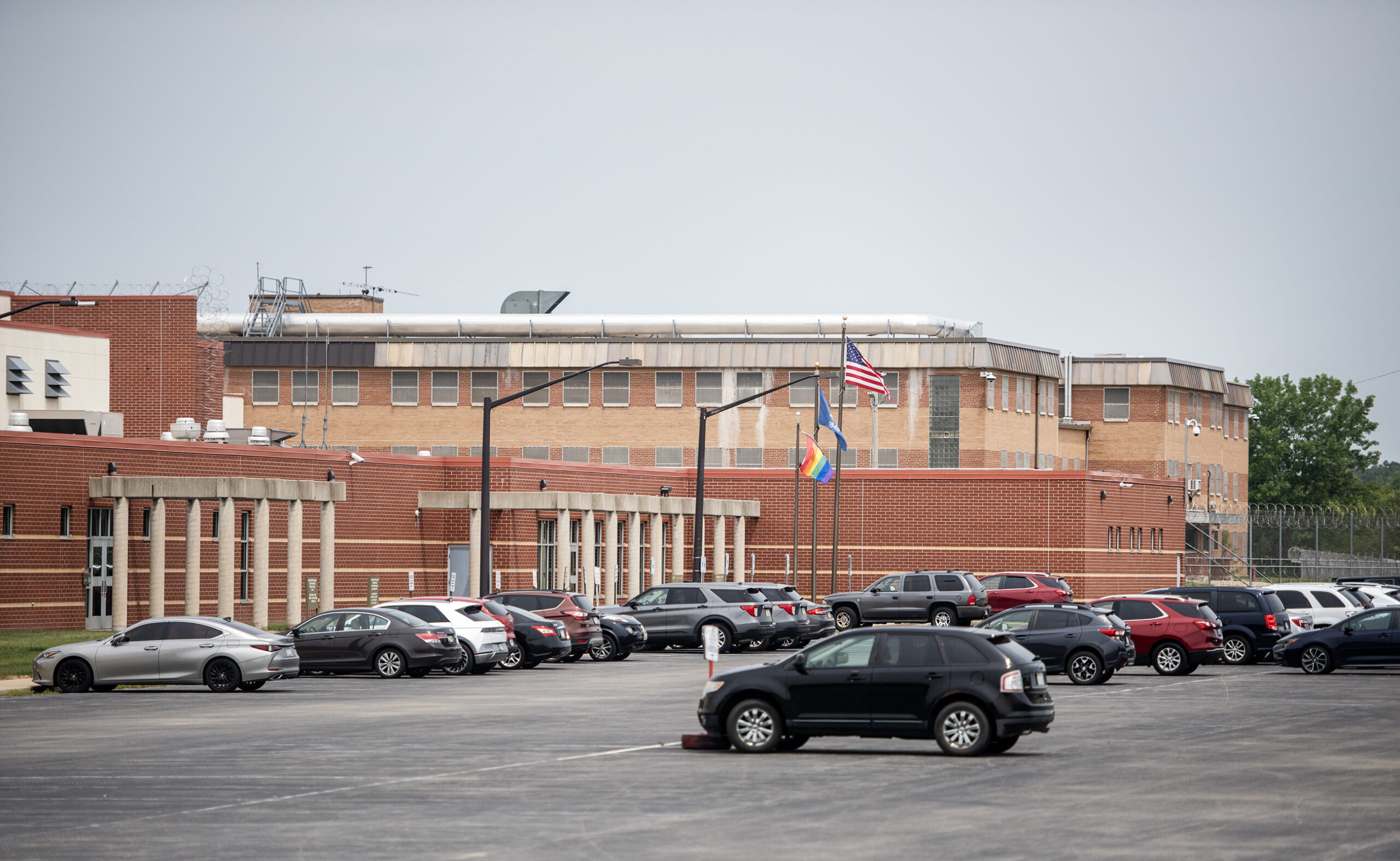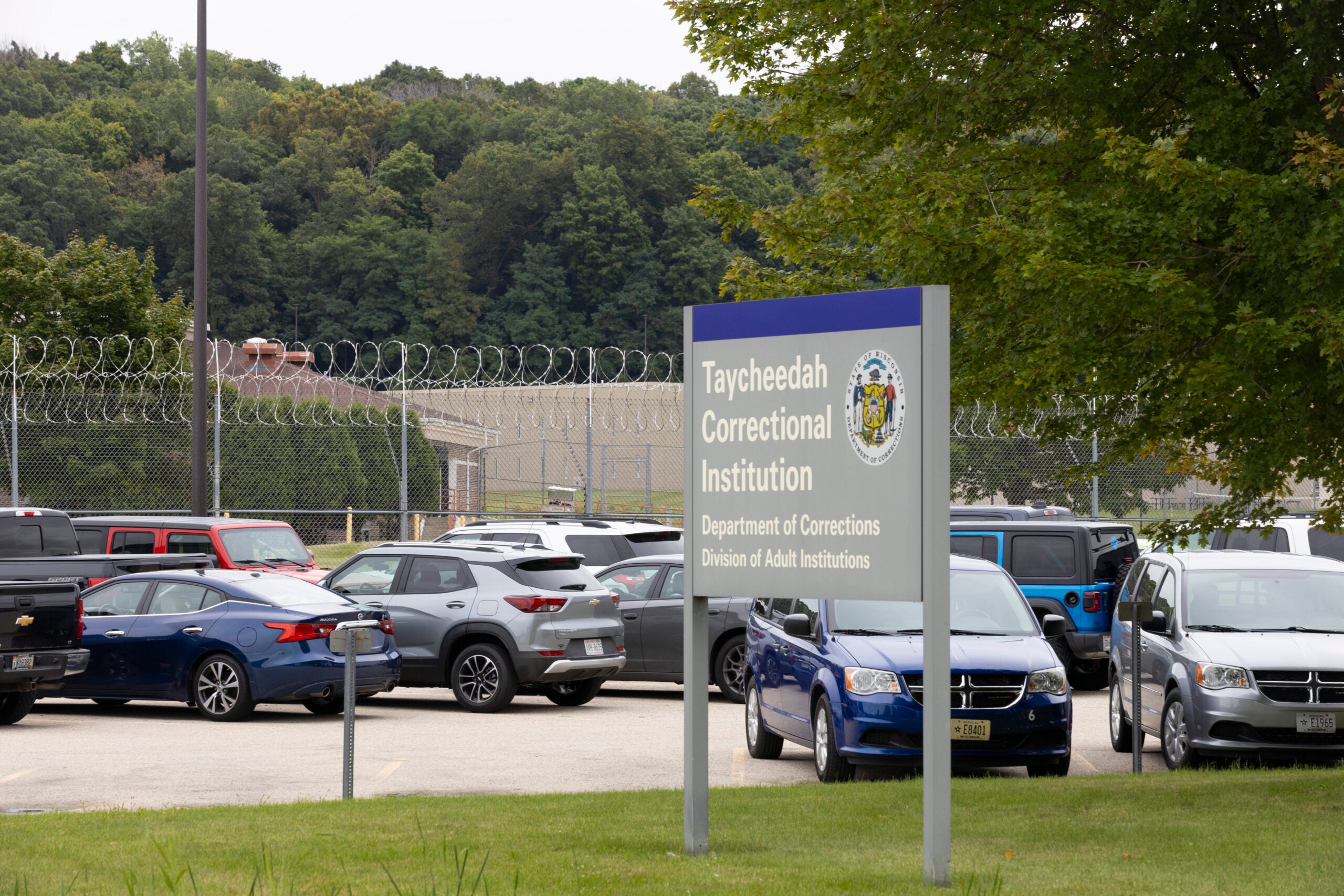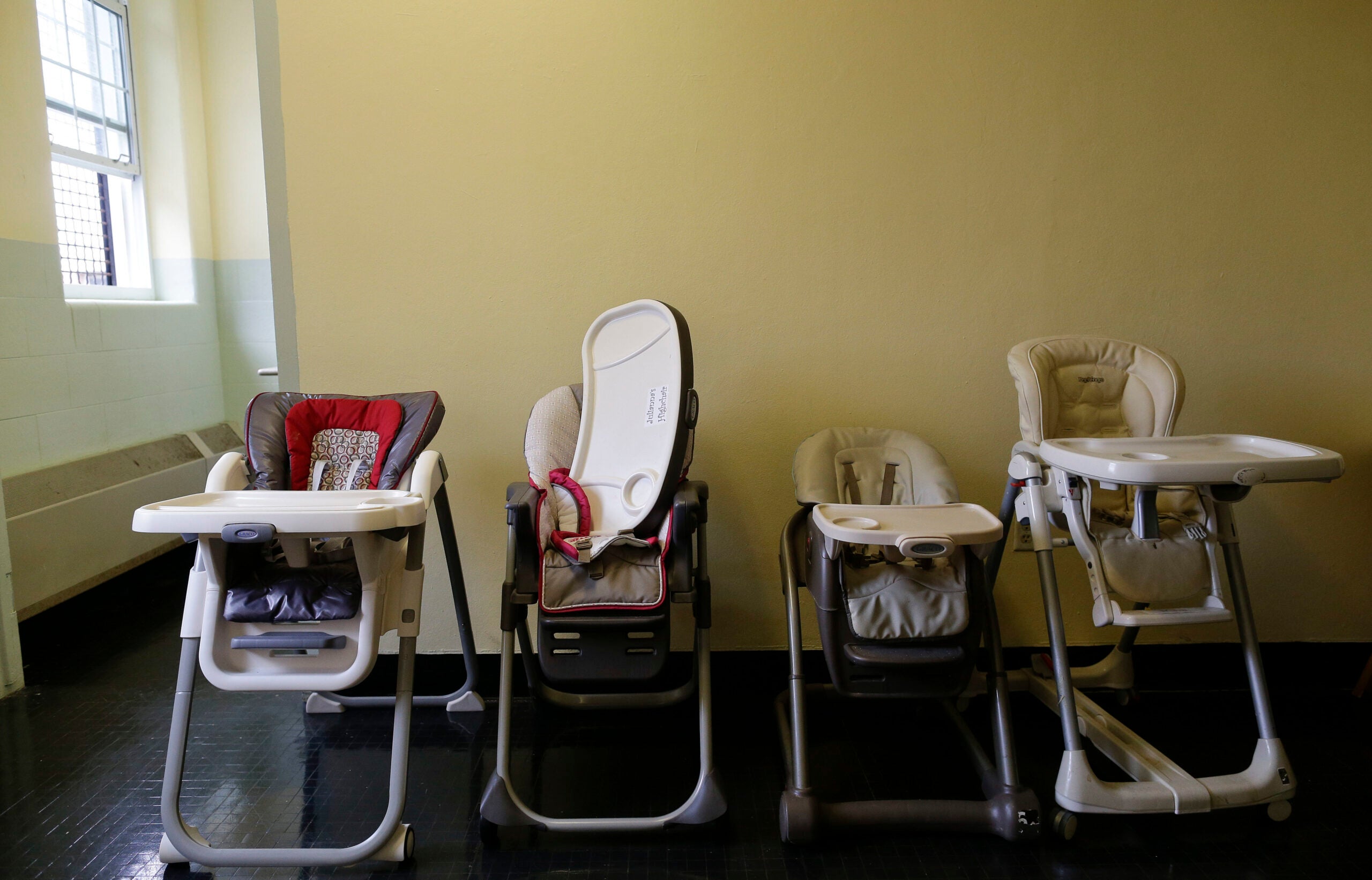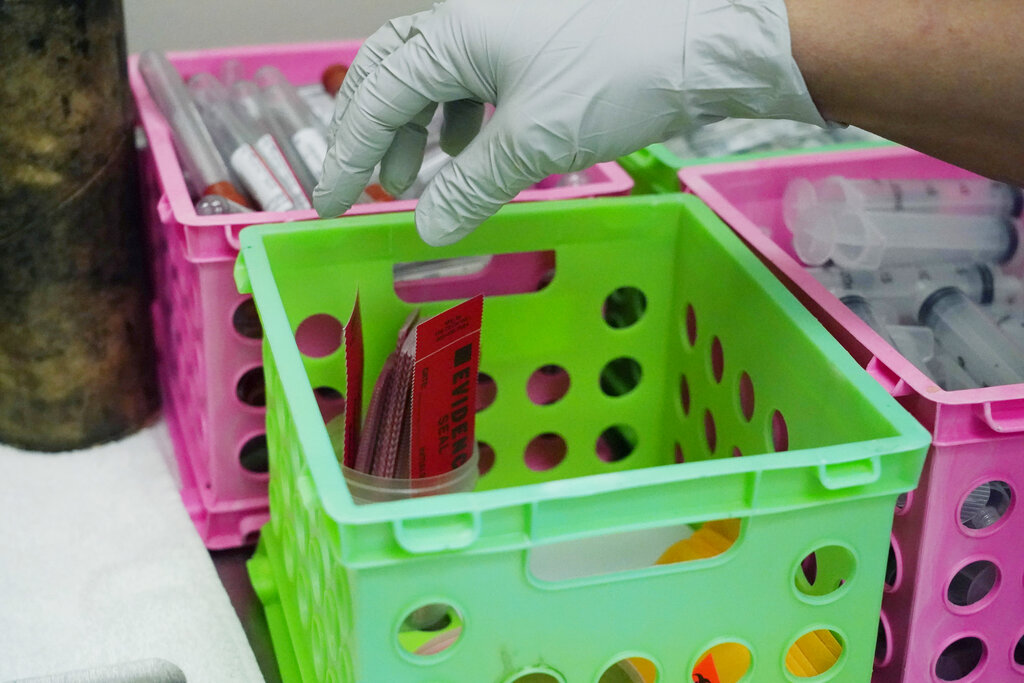Chantell Jewell has worked in the criminal justice system for roughly three decades. When she was appointed superintendent of Milwaukee County’s Community Reintegration Center in 2020, she wanted to infuse something that she’s often found lacking in correctional facilities: humanity.
A simple way to make the center more humane for incarcerated people, Jewell told WPR’s “The Morning Show,” is to help connect them to their families on the outside. So in February, Jewell reinstated family visits, which had been discontinued at the center a decade ago.
“When someone becomes incarcerated, they’re not the only people impacted,” Jewell said. “Their families are also impacted. But it’s also beneficial to help (incarcerated people) to continue to build their support system, because especially in our case, most of these individuals will be released back to the community.”
Stay informed on the latest news
Sign up for WPR’s email newsletter.
Jewell spoke to “The Morning Show” about her goals for the Community Reintegration Center and how punishment shouldn’t be the goal of the criminal justice system.
The following has been edited for brevity and clarity.
Kate Archer Kent: From what I understand, there are about 1,000 people housed at the center. Can you describe what visitations are like?
Chantell Jewell: One of the things that I’m most proud of that we did was open up a family visitation center, where in-person visitation occurs between a co-parent and a child. We want to help to continue to build social bonds between parents and children during the incarceration period.
We were lucky enough to receive a grant to build out or repurpose some space within the interior of our facility where we could allow those visits to occur. We also opened up what was historically known as our visitation center. And those are not contact visits. Those are visits through a window, but it still provides a way for individuals to stay connected.
KAK: Does an inmate’s outlook or attitude change after these family visitations?
CJ: You see behavioral changes. People don’t want to lose their visits. For people that suffer with mental health conditions, a visit can make a world of difference. People are having tough days. Visitation shifts the atmosphere in our facility.
KAK: How do social connections make a difference in the facility and in people’s lives?
CJ: Things seem to calm down. One other thing we did in Milwaukee County and the county executive put in his budget this year — again, to help families stay connected — is we added free phone calls and free video visitation. Each of our residents will get 390 minutes of free phone calls and 60 minutes of free video visitation per month.
Loved ones have more influence that can help individuals stay motivated to participate in programming to make positive changes, to not engage in fights. Because (incarcerated people) don’t want to lose privileges. They want to stay connected to their family, they want to be able to visit. And they are able to share the positive things that they are doing. They are able to build reentry plans, so that they have a stable place to come to upon release.
All of that is helpful. But when individuals aren’t able to visit or stay connected, there is a breakdown. And we know how important support is upon reentry. It could be the difference of somebody being successful or not successful.
KAK: The center used to be called the House of Correction. And then last year, you and Milwaukee County Executive David Crowley changed the name to the Community Reintegration Center. Why does the name change matter?
CJ: We wanted the name to reflect our true mission and vision. When you think of a name such as the House of Correction, it seems harsh, punitive, antiquated, and it’s just not reflective of who we are.
We’re not there to punish. We’re there to help people become better and return to our community better than when they left and to address whatever causes brought them into contact with the criminal justice system. And I believe that is how we’re going to create safer communities throughout Milwaukee County and throughout Wisconsin.
KAK: What common problems are incarcerated people at the center grappling with?
CJ: There are a lot of unstable housing situations. You will see a lot of people with mental health conditions, substance use disorders. We’ll find those types of issues amongst our resident population.
KAK: How do you approach the mental health piece, because being in a facility would probably make those conditions worse?
CJ: Our facility is a little different than most jails. We are statutorily a House of Correction. We were established primarily for rehabilitation and to get people back to work. And our facility is a lot calmer. You’ll see we don’t have cells. We have dormitory-style housing.
We have mental health professionals to come in and work with individuals. For those individuals that struggle in the general population, we have special housing for them with a reduced population size and staff that are trained differently to respond to that population. We really try to address the needs of those individuals while they are in our care.
KAK: Can you talk about the skill building that is happening and people at the center being able to get training in the trades?
CJ: We focus on, again, the needs that brought individuals into the facility. The evidence tells us in addition to addressing family dysfunction, unemployment is a driver of criminal behavior. If we address those employment issues and those education issues, we can, in fact, reduce recidivism.
This year, I’m happy that we were able to build a welding lab. … Individuals able to earn industry-recognized credentials in our facility leave with a credential ready for vocational employment. We have an employment navigator that works in our facility, who was employed by the state Workforce Development Board.
She is tied to all of those other resources in the community. She works with our resident population while they’re in the facility, as well as meets them on the other side, upon release.
We have established partnerships with community organizations like the Milwaukee Bucks, who will hire individuals while they’re incarcerated and then they have a job post-incarceration.
I like to share a story of one of our residents, a success story. We’ll just call them “David.” David was sentenced for recklessly endangering safety. There was an argument with shots fired in the air. Here at the center, he had a chance to think about life. He took advantage of many classes, got a job with the Milwaukee Bucks, got OSHA safety training, also became employed with the City of Milwaukee Housing Authority and today makes $70,000 a year. Now he can support his kids and family. He also took financial literacy and wellness classes. He’s working towards buying a home.
KAK: Can you speak about stigma and marginalization and what these families on the outside are experiencing?
CJ: Our focus has historically been on the resident or what we used to call the “offender.” So, we didn’t engage with families as often as we probably should have. But now we have research that says family dysfunction is a leading driver of recidivism.
We must engage families, and families are going to be the people that are going to have more influence. When we’re able to connect with those positive family members and loved ones and support systems, I believe we’re gonna have better outcomes.
READ MORE: Incarcerated people are at risk of opioid overdose after release. This Milwaukee County program aims to help.
Wisconsin Public Radio, © Copyright 2025, Board of Regents of the University of Wisconsin System and Wisconsin Educational Communications Board.



